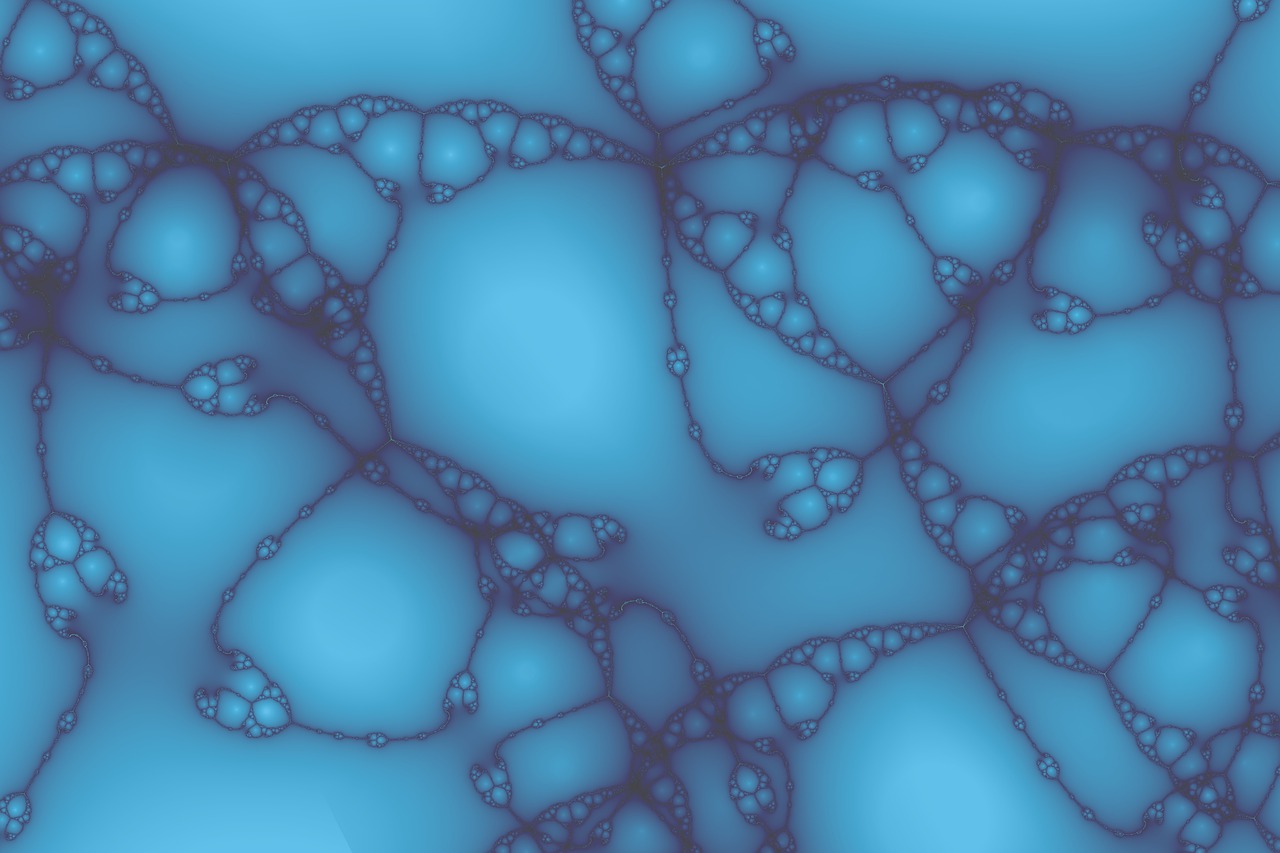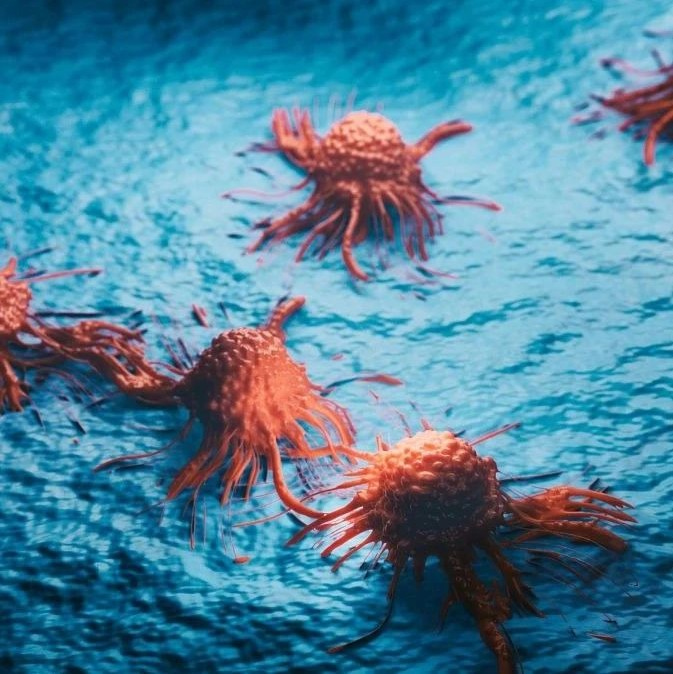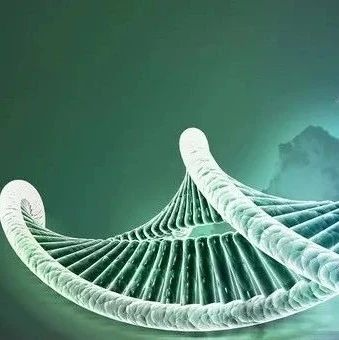西宝生物科技(上海)股份有限公司
地址:上海市张江高科技园区毕昇路299弄11号502室 邮编:201204
电话:021-60498804
吕海秀 手机:13636613774 QQ:1715451510
西宝生物(Seebio)--优势品牌CIL,TRC
R&D,Larodan,jackson二抗,Matreya磷脂,LKT
西宝生物(Seebio)--和光纯药(WAKO)在中国大陆地区的官方授权代理机构!
西宝生物(Seebio)--Reagecon在中国大陆地区的官方授权代理机构!
西宝生物(Seebio)--Laysan在中国大陆地区的官方授权代理机构!
西宝生物(Seebio)特色产品:糖类标准品,脂肪酸标准品,花青素标准品,类胡萝卜素标准品等食品分析标准品
Cat. Number
LNT
Chemical Name
乳糖-N-四糖 Lacto-N-tetraose (LNT)
CAS Number
14116-68-8
Category
Oligosaccharides
Mol. Formula
C26H45NO21
Mol. Weight
707.63
Qty 1
1mg
Qty 2
5mg
Synonym
Galβ1-3GlcNAcβ1-3Galβ1-4Glc
Storage condition
2-8°C
References
人乳寡糖系列 ---乳糖-N-四糖 相关产品参考,更多请电话/ 微信
13636613774
LS-Tetrasaccharide a / LSTa / Sialyl-lacto-N-tetraose
a 5 mg
Neu5Acα2-3Galβ1-3GlcNAcβ1-3Galβ1-4Glc
C37H61N2O29Na
FW
1020.86
[64003-58-5]
LS-Tetrasaccharide d / LSTd /
Sialyl-Lacto-N-tetraose d 5
mg
Neu5Acα2-3Galβ1-4GlcNAcβ1-3Galβ1-4Glc
C37H61N2O29Na
FW
1020.86
[100789-83-1]
Lacto-N-tetraose-β-O-Aminopropyl /
LNT-β-O-AP 1 mg
Galβ1-4(
Fucα1-3)GlcNAcβ1-3Galβ-O-CH2-CH2-CH2-NH2
Lacto-N-tetraose / LNT 5
mg ,25mg
Galβ1-3GlcNAcβ1-3Galβ1-4Glc
C26H45NO21
FW
707.62
[14116-68-8]
Glucuronyl-LNT / Glucuronyl-Lacto-N-tetraose 5
mg
GlcAβ1-3Galβ1-3GlcNAcβ1-3Galβ1-4Glc
C32H52NO27Na
FW
883.75
下一个:Lacto-N-neotetraose (LNnT)上一个:3-Fucosyllactose (3FL)
人乳寡糖系列 ---乳糖-N-四糖 相关产品参考,更多请电话/ 微信 13636613774
Human Milk Oligosaccharides
Our Human Milk Oligosaccharides includes the range shown in Table 1
3'-Fucosyllactose 41312-47-4 C18H32O15 488.44
2’-Fucosyllactose 41263-94-9 C18H32O15 488.44
6'-Sialyllactose 56144-12-8 C23H39NO19 633.55
3'-Sialyllactose 35890-38-1 C23H39NO19 633.55
Lacto-N-tetraose 14116-68-8 C26H45NO21 707.63
Lacto-N-neotetraose 13007-32-4 C26H45NO21 707.63
Lacto-N-fucopentaose I 7578-25-8 C32H55NO25 853.77
Lacto-N-fucopentaose II 21973-23-9 C32H55NO25 853.77
Lacto-N-fucopentaose III 25541-09-7 C32H55NO25 853.77
Lacto-N-fucopentaose V 60254-64-0 C32H55NO25 853.77
Human breast milk provides the primary source of nutrition for newborns
before they are able to eat and digest other foods. One distinctive property of
human milk from most other species is the amount and diversity of the free
oligosaccharide it contains. These human milk oligosaccharides (HMO) can be
present at levels of up to 12 g/l in milk and up to 20 g/l in
colostrum.1 HMO have been attributed with a variety of functions
including:
1) Prebiotic
2) Decoy carbohydrate
3)
Immunomodulation
人乳寡糖系列 ---乳糖-N-四糖 相关产品参考,更多请电话/ 微信
13636613774
HMO Structure
Currently at least 130 unique HMO have
been identified, all differing by constituent sugars, molecular weight or
structure. Many share a common motif characterized by repetitive attachment of
galactose (Gal) and N-acetylglucosamine (GlcNAc)2 in a b-glycosidic
linkage to lactose. Additional variety is generated by the addition of fucose
(termed neutral HMO), e.g. 3'-Fucosyllactose, (05673) or 2-Fucosyllactose,
(06739) and sialic acid (termed acidic HMO), e.g. 6'-Sialyllactose, (04398) and
3'-Sialyllactose, (04397). Addition is via a-glucosidic bonds to generate
oligosaccharides from three to thirty two sugars in length. Whilst most of the
biosyntheis of HMO is not controlled at the gene level (unlike proteins) the
presence and position of fucosylation is governed by the Lewis/Secretor status
of the mother.3
Dominant neutral oligosaccharides have been
identified as lacto-N-tetraose (05683), lacto-N-neotetraose (05765) and
lacto-N-fucopentaose I and V (05676 and 06817
respectively)4
Prebiotic Properties of HMO
The most
abundant HMO is lacto-N-tetraose which is able to survive the acid environment
of the stomach and is not degraded by normal gut enzymes. It therefore can pass
down to the lower intestine where it acts as a prebiotic which encourages lower
gut colonisation by many bifidobacteria species, which are recognised as
essential for normal gut function.5
HMO as Decoy
Carbohydrates
Binding to a host cell wall is critical for the virulence of
many pathogenic bacteria including Campylobacter jejuni, E.coli,
Vibrio cholera, and Shigella and some Salmonella strains.
Many of the virulence factors of these organisms are carbohydrate-binding
proteins (lectins) which bind sugars displayed on cell membranes. HMO can bind
to these lectins acting as decoys and preventing pathogens from sticking to the
target cells. An example of this is the inverse relationship between the
incidence of C. jejuni, (one of the most predominant causes of
diarrhoea in the world) in breast-fed children and levels of 2-fucosyl-lactose
in the mother’s milk. (C. jejuni is known to adhere to intestinal
2-fucosyl-lactosamine).6 Similar antimicrobial effects of HMO have
also been demonstrated for calicivirus diarrhoea and infections with heat stable
enterotoxin of E. coli.7
During ingestion, HMO coat the
throat and are known to inhibit adhesion of Streptococcus pneumoniae and Haemophilus influenzae to human pharyngeal or buccal epithelial
cells resulting in the lower incidence of otitis media (inner ear infection) in
breast fed babies.8
Immune Role of HMO
Selectins are
glycoproteins which are displayed on the surface of many cells of the immune
system and are involved with cell/cell interactions such as the infiltration of
tissues in inflammation. Selectins bind to specific fucosylated and sialylated
oligosaccharides, e.g., sialyl Lewis x (sLex, 04058), on their
respective target ligands. HMO share many structural similarities to these
carbohydrate ligands and acidic (sialylated) HMO are able to inhibit rolling and
adhesion of leucocytes at physiologically relevant concentrations.
One of
these selectin interactions is the formation of platelet/neutrophil complexes
(PNCs) which lead to the activation of the neutrophils. PNCs are thought to be
involved in necrotizing enterocolitis (NEC) and HMO have been attributed as the
agent responsible for the lower incidence of NEC in breast fed infants (85 %
lower than formula fed infants) via inhibition of PNC
formation.9
Fractions of HMO are also known to inhibit the binding
of both Galectins which bind b-Gal and LAcNAc terminated glycans and Siglecs
which are specific for terminal sialic acid, their role in immunity or
development however has not yet been fully
explored.10,11







